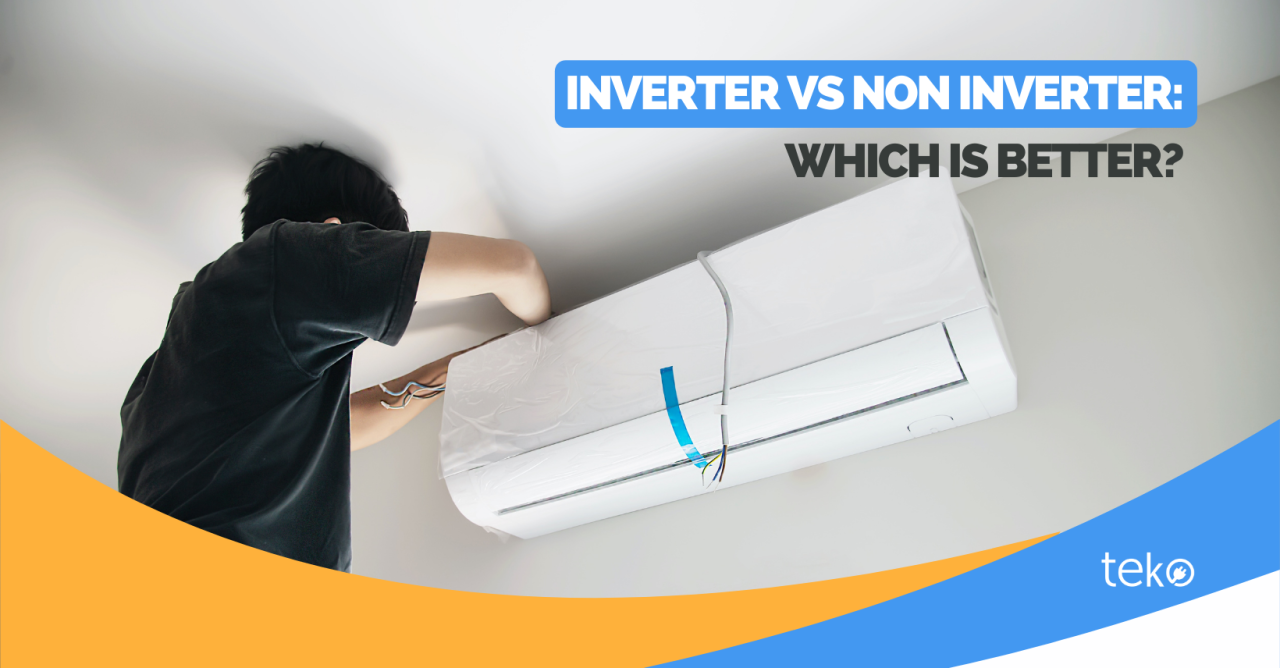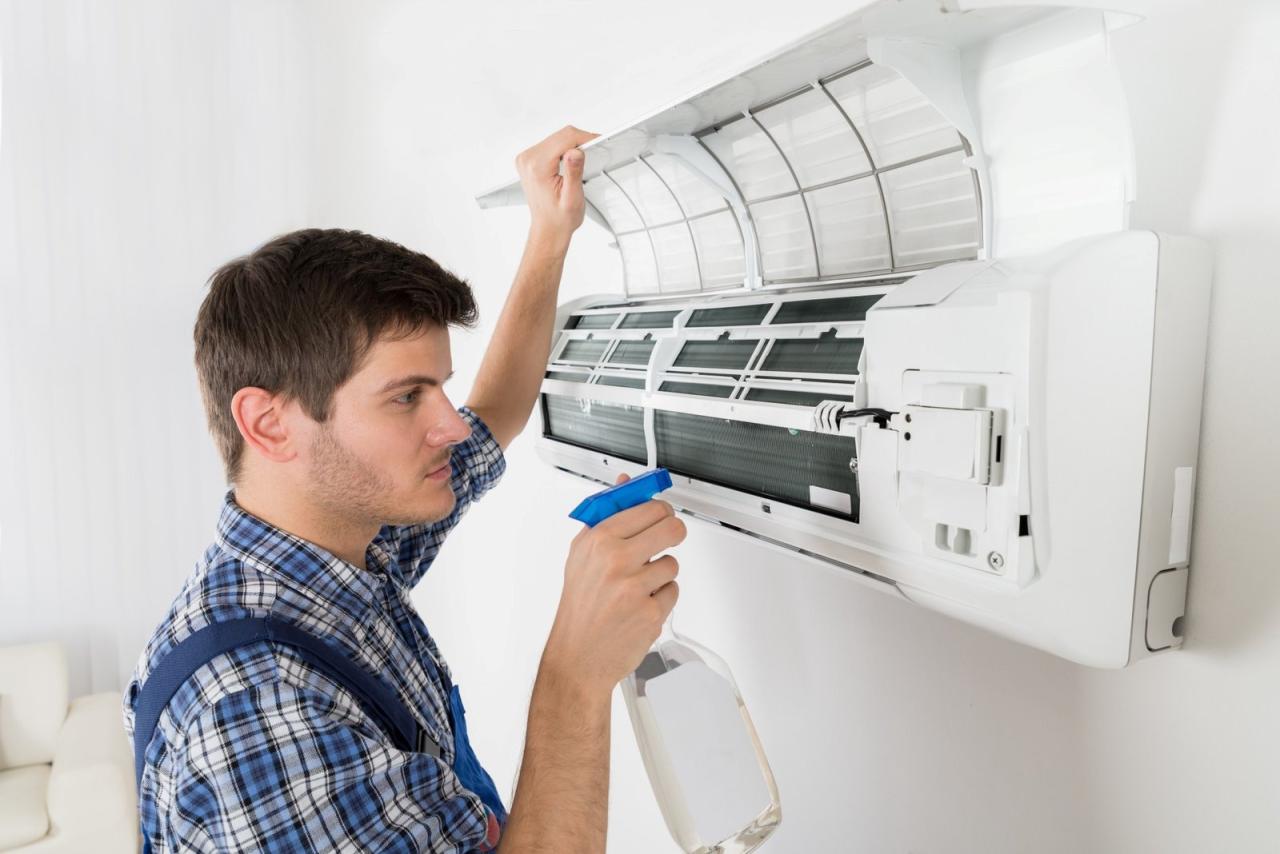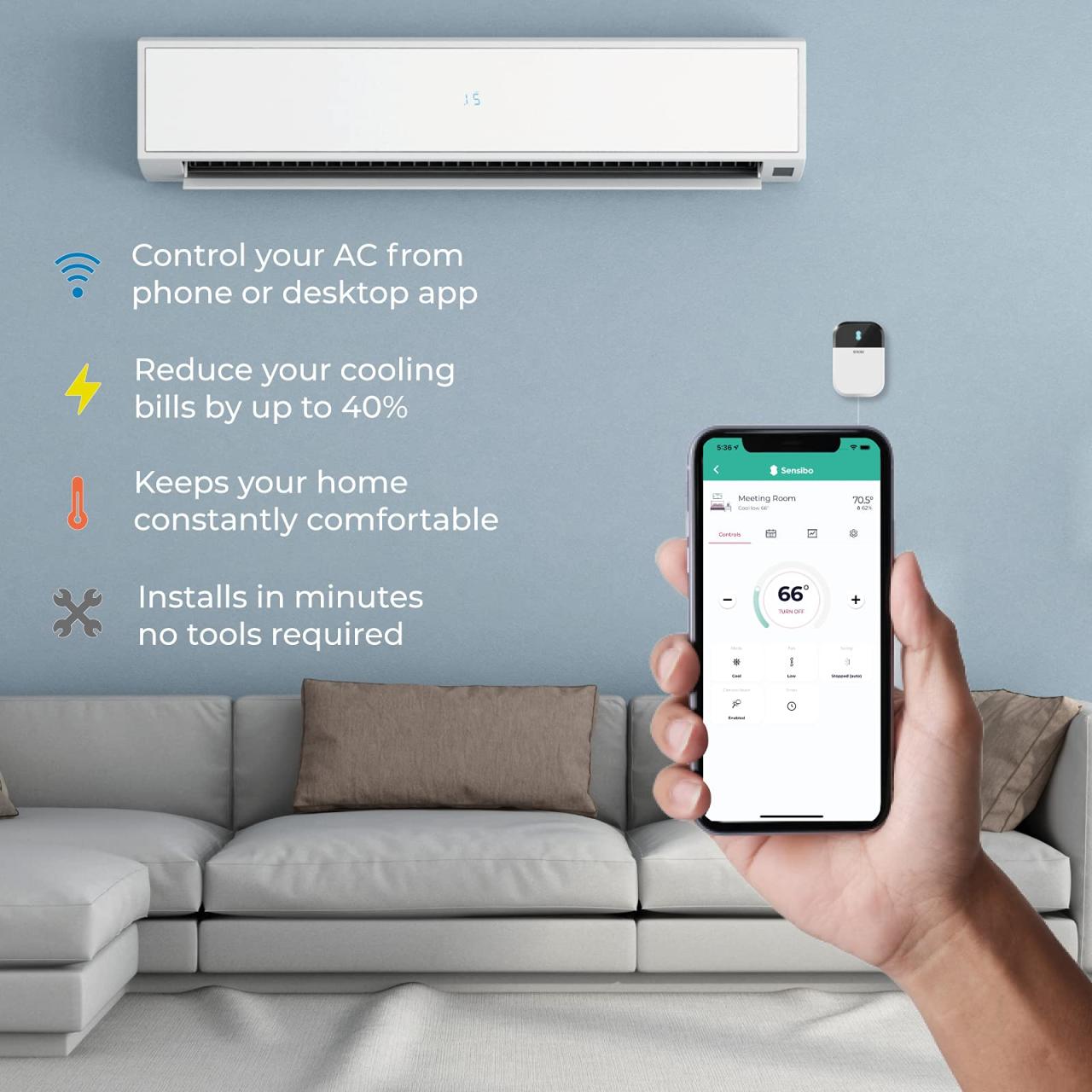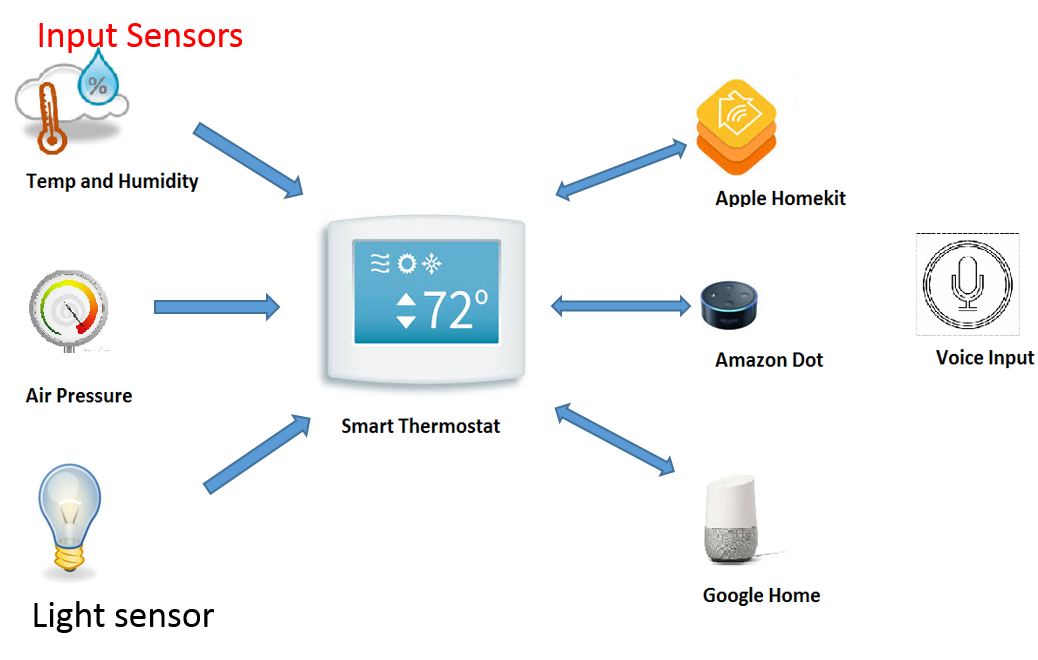How to Design a Smart Interior with Security in Mind
How to Design a Smart Interior with Security in Mind sets the stage for this enthralling narrative, offering readers a glimpse into a story that is rich in detail and brimming with originality.
Explore the world of interior design with a focus on security, where innovation meets functionality to create spaces that are both secure and stylish.
Importance of Security in Interior Design
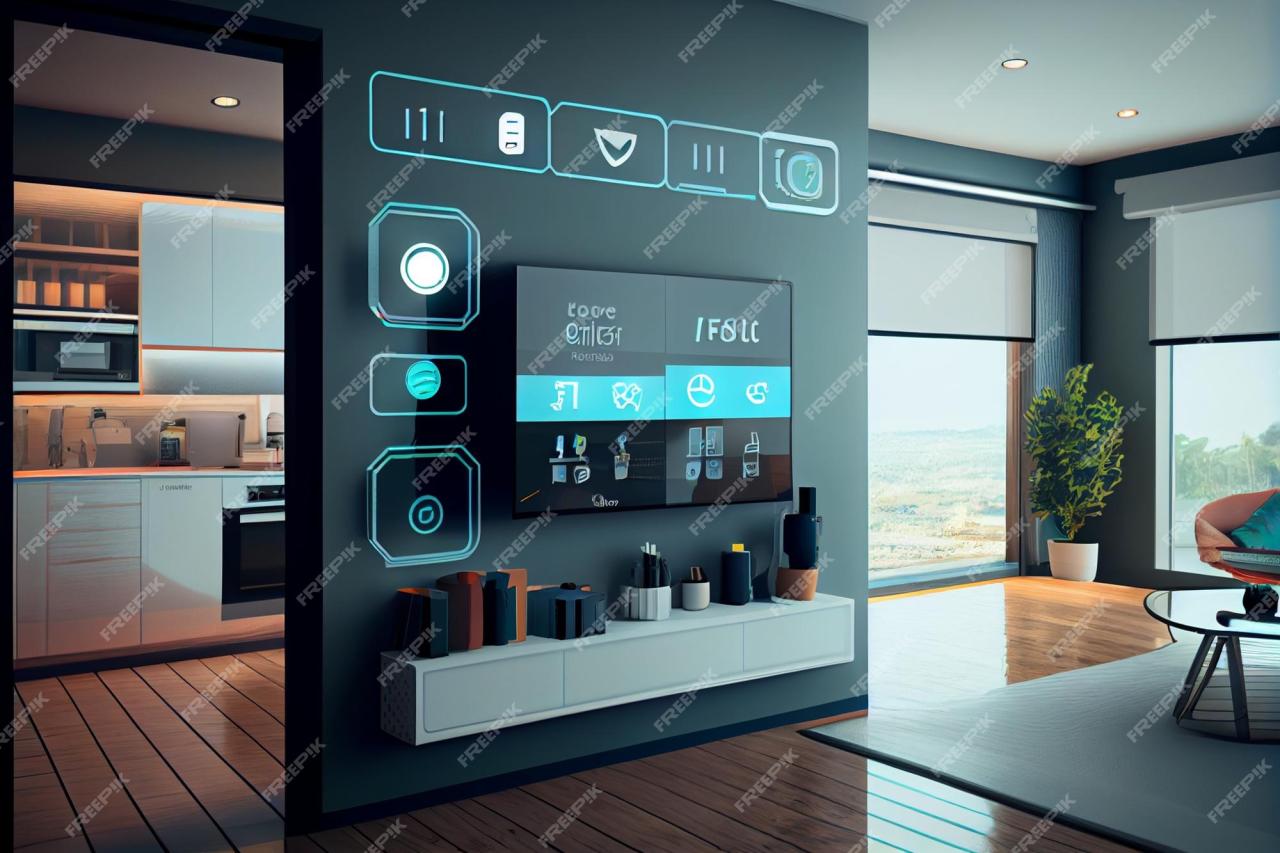
When it comes to interior design, security is a crucial aspect that should not be overlooked. Ensuring the safety of occupants and protecting valuable assets within a space is essential for creating a secure environment.
Common Security Vulnerabilities in Interior Spaces
- Poor lighting: Dark areas provide hiding spots for intruders and increase the risk of accidents.
- Weak entry points: Vulnerabilities such as flimsy doors or windows can be exploited by intruders.
- Lack of surveillance: Without proper monitoring systems, it becomes challenging to deter and detect security threats.
- Inadequate access control: Failure to restrict access to certain areas can lead to unauthorized entry.
The Impact of Smart Technology on Enhancing Security Measures
Smart technology has revolutionized the way security is managed in interior spaces. By integrating smart devices and systems, interior designers can enhance security measures and improve overall safety.
- Smart locks: Provide secure access control and allow remote monitoring of entry points.
- Surveillance cameras: Enable real-time monitoring and recording of activities within the space.
- Motion sensors: Trigger alerts in case of unauthorized movement, enhancing the overall security system.
- Smart lighting: Automated lighting systems can deter intruders and improve visibility in dark areas.
Incorporating Smart Technology for Security
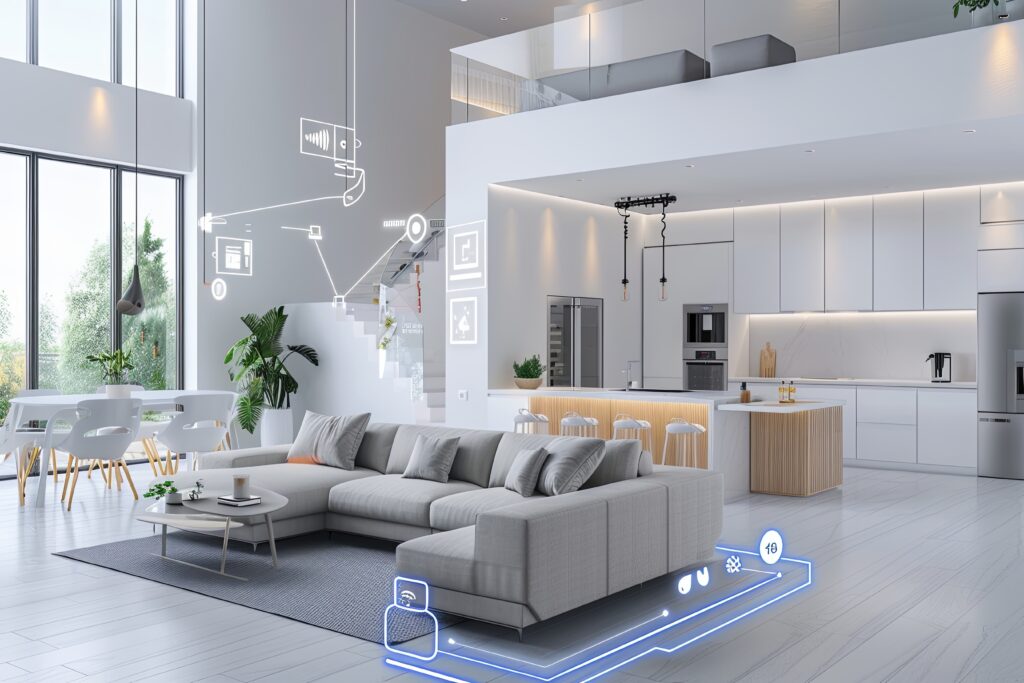
When it comes to designing a smart interior with security in mind, integrating smart technology can significantly enhance the overall safety of a space. By seamlessly incorporating smart devices into the design, you not only boost security measures but also add a modern touch to the aesthetics of the interior.
Examples of Smart Devices for Security Integration
- Smart Cameras: Installing smart cameras allows for real-time monitoring of the space, providing visual evidence in case of any security breaches.
- Smart Locks: These locks can be controlled remotely through a smartphone, enabling you to grant access to specific individuals and track entries and exits.
- Smart Sensors: Sensors can detect motion, smoke, or even water leaks, sending alerts to your phone and ensuring a quick response to potential threats.
Seamless Integration of Smart Technology
Smart technology can be seamlessly integrated into the aesthetics of a space by choosing devices that blend in with the existing design elements. For example, smart cameras can be discreetly mounted or hidden within decorative items, while smart sensors can be strategically placed to be unobtrusive yet effective.
Benefits of Using Smart Technology for Security
- Enhanced Monitoring: Smart devices provide real-time monitoring, giving you peace of mind knowing that your space is constantly under surveillance.
- Convenience: Remote access and control of security devices from your smartphone make it convenient to manage security measures even when you're away from the space.
- Quick Response: Immediate alerts from smart sensors enable a prompt response to security threats, minimizing potential damage or risks.
Designing Layouts with Security in Mind
When it comes to interior design with security in mind, the layout of a space plays a crucial role in ensuring safety without compromising aesthetics. By strategically planning the arrangement of elements within a room, you can create a secure environment that is both visually appealing and functional.
Importance of Visibility and Accessibility
Visibility and accessibility are key factors to consider when designing layouts that prioritize security. A well-designed space should allow for clear lines of sight, minimizing potential hiding spots for intruders and enabling occupants to easily monitor their surroundings. Additionally, ensuring that entrances and exits are easily accessible and unobstructed can enhance the overall security of a space.
Enhancing Security through Furniture Placement
- Position furniture strategically to create natural barriers and pathways that can guide movement within a space.
- Consider using furniture pieces that serve a dual purpose, such as storage units that also act as physical barriers.
- Avoid blocking windows or doors with furniture to maintain clear escape routes and prevent potential entry points for intruders.
- Utilize heavy or anchored furniture pieces to deter forced entry or unauthorized movement of items within a space.
Lighting and Security
When it comes to designing a smart interior with security in mind, lighting plays a crucial role in enhancing the overall security of a space. Properly planned lighting design can deter potential intruders, improve visibility, and create a sense of safety for occupants.
Impact of Lighting Design on Security
Effective lighting design can significantly impact the security of an interior space by:
- Eliminating dark corners and shadows where intruders could hide.
- Providing adequate illumination for surveillance cameras to capture clear footage.
- Enhancing visibility for occupants to detect any suspicious activity.
Smart Lighting Systems for Security
Smart lighting systems offer advanced features that can enhance security measures within a space, such as:
- Remote access and control to adjust lighting settings from anywhere, providing the illusion of occupancy even when the space is empty.
- Integration with motion sensors to automatically turn on lights in response to movement, alerting occupants and potentially deterring intruders.
- Customizable scheduling options to create lighting patterns that mimic regular occupancy, enhancing security when the space is unoccupied.
Tips for Optimizing Lighting for Security
To improve overall security within a space through lighting design, consider the following tips:
- Use a combination of ambient, task, and accent lighting to create a well-balanced lighting scheme that enhances security while also adding aesthetics to the space.
- Install motion-activated lights in key areas such as entry points, hallways, and exterior spaces to deter intruders and alert occupants of any movement.
- Utilize timers or smart lighting controls to simulate occupancy patterns when the space is vacant, deterring potential intruders by giving the impression that someone is present.
Final Summary
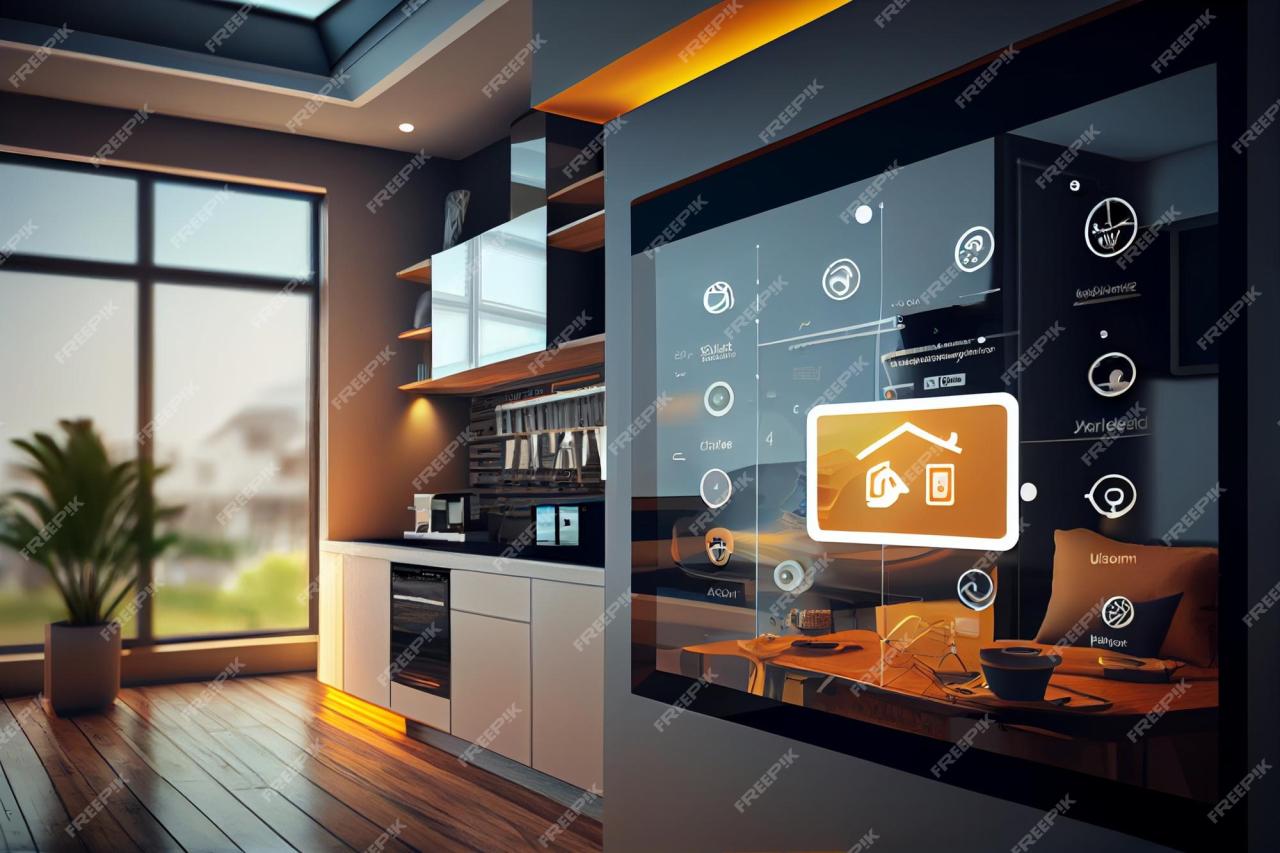
As we conclude this exploration of designing smart interiors with security in mind, it's evident that the fusion of technology and design can lead to spaces that not only look good but also prioritize safety and security.
Questions and Answers
How can smart technology enhance security in interior design?
Smart technology can provide features like remote monitoring, motion sensors, and automated lighting, which all contribute to a more secure environment.
What are some common security vulnerabilities in interior spaces?
Common vulnerabilities include weak entry points, lack of surveillance, and poor lighting, all of which can be addressed with smart design solutions.
How important is furniture placement in enhancing security within a space?
Proper furniture placement can create natural barriers, improve visibility, and enhance the flow of movement, all crucial aspects for better security.
